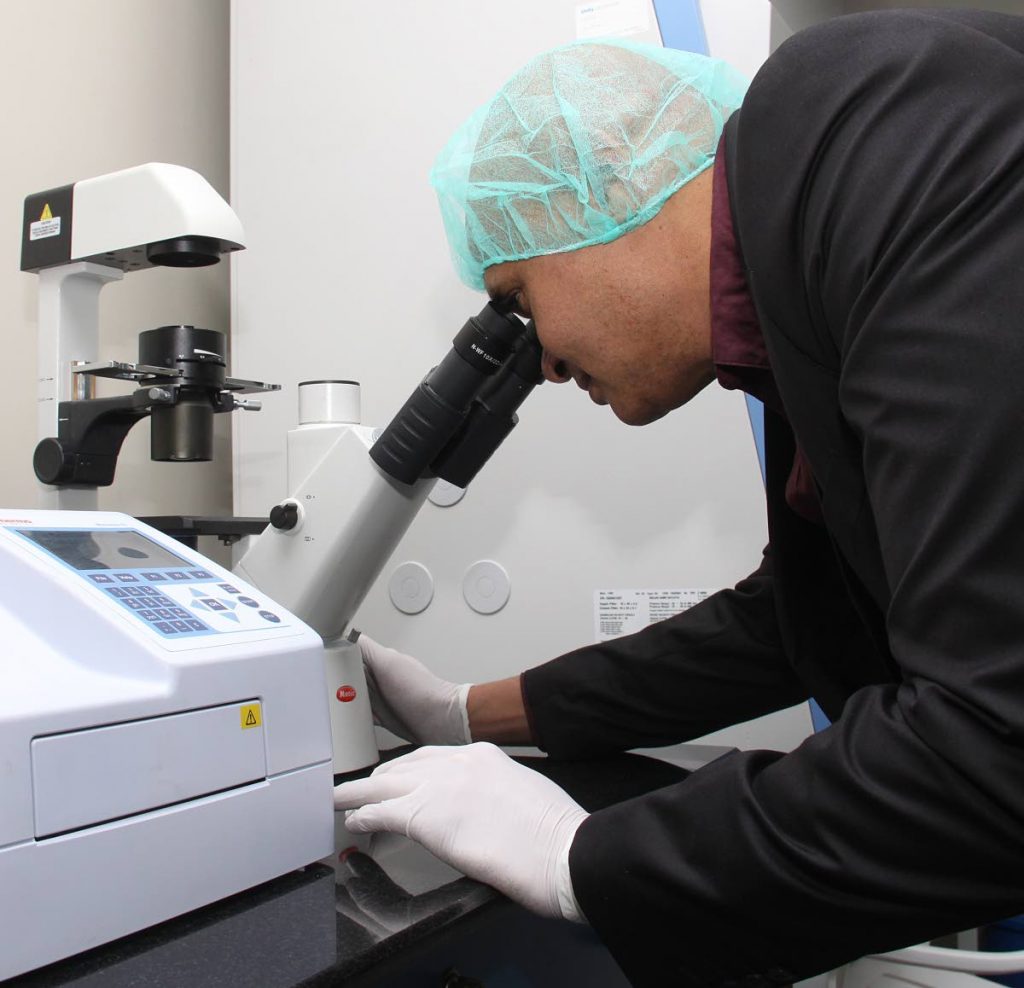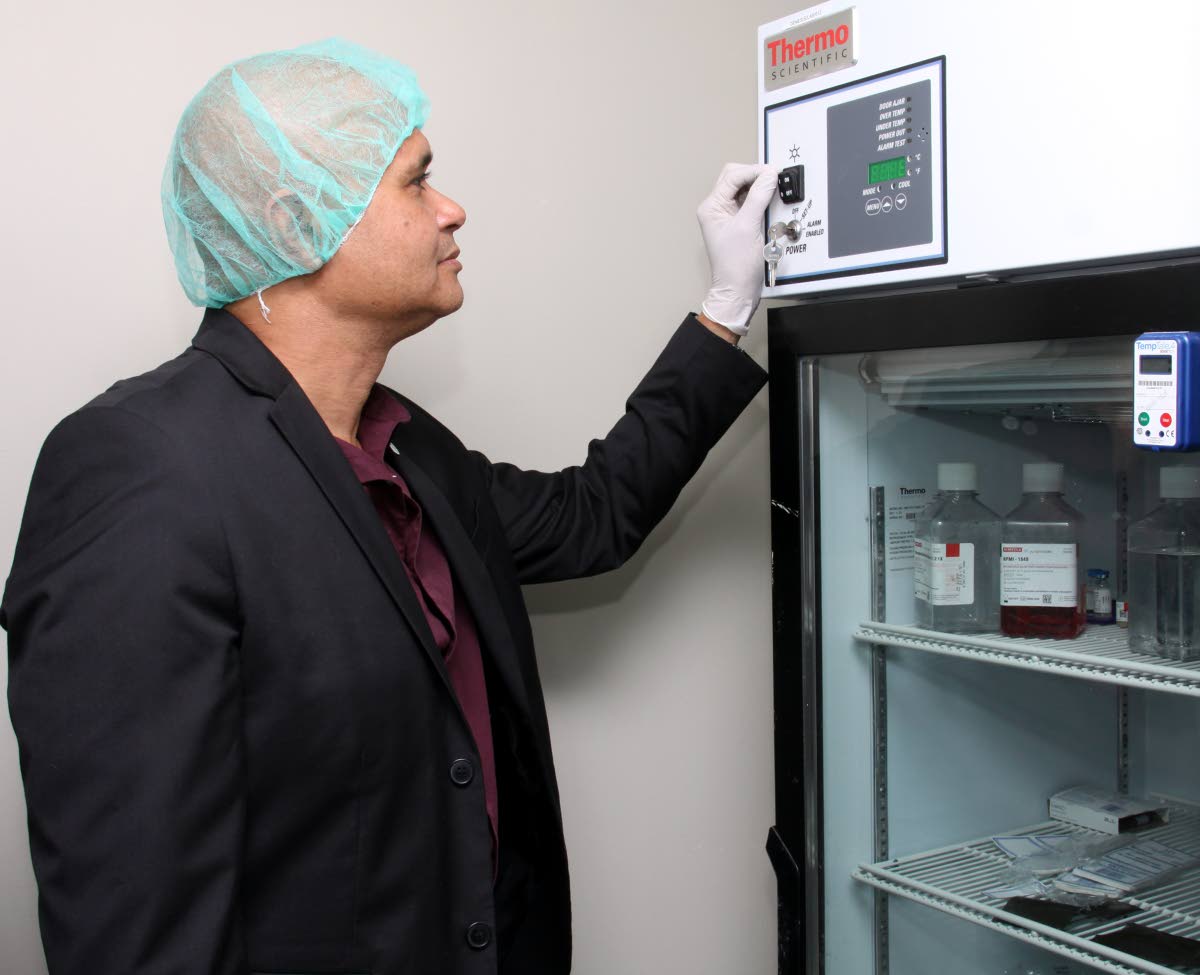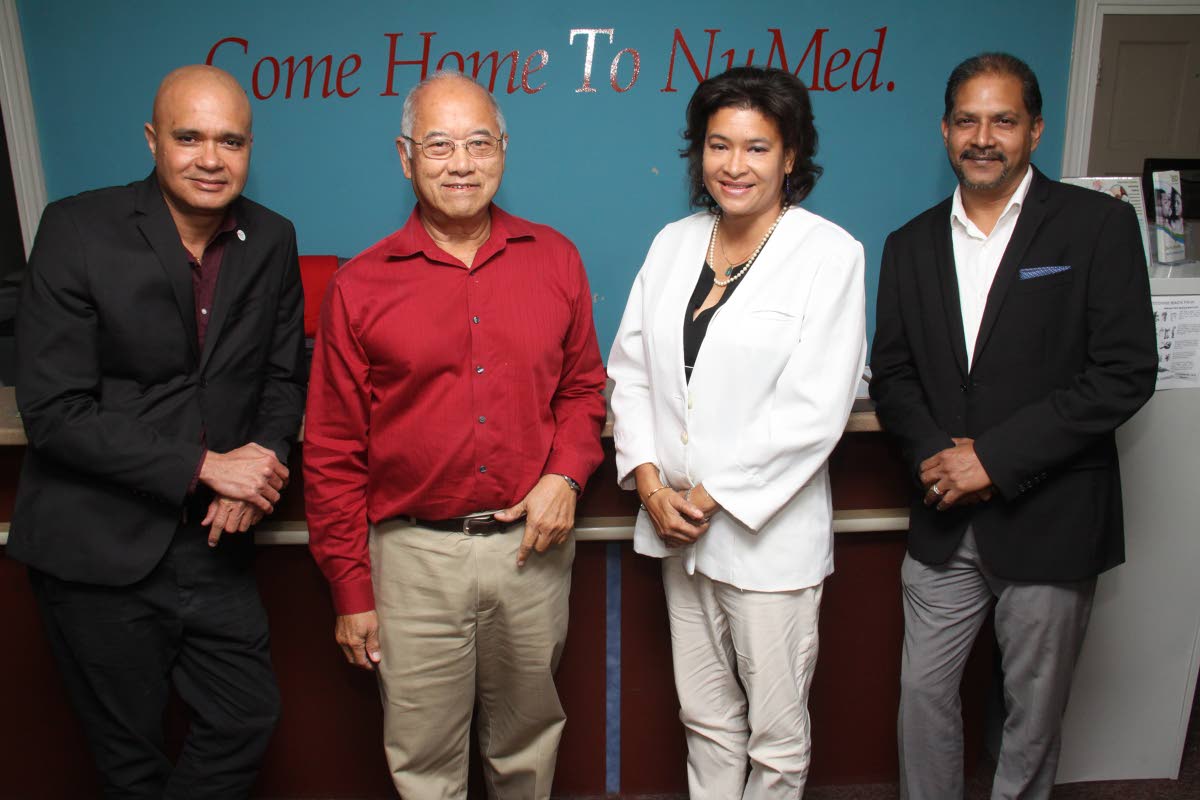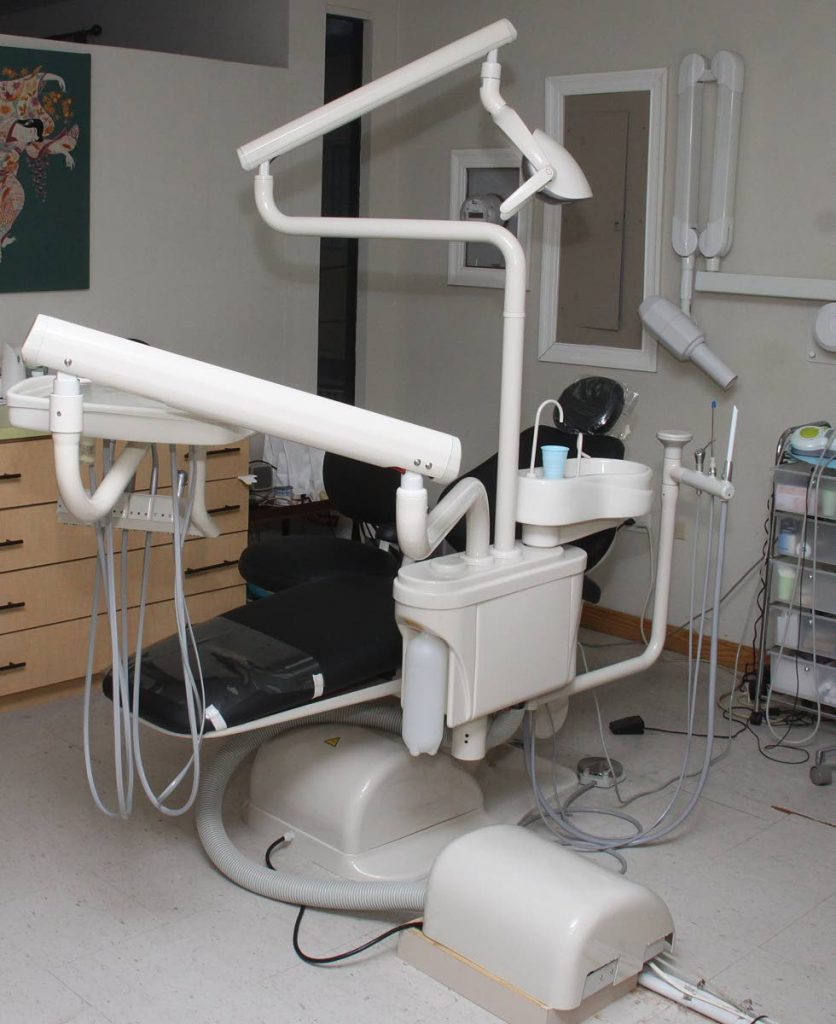NuMed’s modern, controversial approach to curing diseasesStem cell healing

Stem cell therapy is being offered in Trinidad by NuMed Centre Ltd, providing regenerative medicine to supplement and even replace traditional medicine.
The possibilities behind stem cell research have always been exciting to scientists because of its potential in curing diseases – but it has also been controversial.
The main issue arising from the initial research was the ethics of using and destroying human embryos to harvest the cells. However, stem cells can now be collected from bone marrow, umbilical cord blood, or peripheral blood, so that no human life, or what some might consider human life, is ended. (One website described peripheral blood as: the flowing, circulating blood of the body, which is different from the specialised blood whose circulation is enclosed within the liver, spleen, bone marrow, and the lymphatic system.)
Stem cells can divide into more stem cells or develop into many other different types of cells such as brain, nerve or muscle cells. Therefore, they can help replace damaged cells and tissues, and treat a number of diseases.

These can include arthritis, autism, asthma, back and neck pain, cancer, cerebral palsy, chondromalacia, chronic obstructive pulmonary disease, Crohn’s disease, cystic fibrosis, dementia, diabetes, epilepsy, heart disease, kidney disease, ligament and tendon injuries, liver disease, lung disease, lupus, lyme disease, multiple sclerosis, muscular dystrophy, orthopaedic conditions, osteoarthritis, osteonecrosis of the femoral head, seizures, spinal cord injury, stroke, thyroid disease, urological conditions, Alzheimer’s, and Parkinson’s disease.
NuMed Centre Ltd in Woodbrook has used stem cell therapy to treat all the above diseases.
According to the World Health Organisation website, stem cell transplants could cure over 90 per cent of patients in the early stages of cancers that start in the cells of blood-forming tissue or in the cells of the immune system, as well as non-malignant disorders. It said the transplants are now a routine treatment with more than 50,000 being carried out annually worldwide.
Sunday Newsday recently spoke to the board of directors of NuMed, Dr John Michael Pounder, Fabian Carew, and Conrad Chow.
Pounder, a doctor for 30 years, said the company usually used stem cells obtained from the patients’ own body. However, for older people whose bone marrow has slowed down its creation of blood cells, stem cells can be sourced from a matched donor.
Donated stem cells can also be collected from umbilical cord blood, which contains large numbers of blood-forming stem cells.
Pounder said the issue of rejection due to unsuitability was negligible because stem cells in the umbilical cord were less developed than adult stem cells, so matching the person’s genetic background was less of an issue.

He explained that stem cells could operate anywhere in the body and regenerate. They could replace damaged tissue and allow for growth, which was important because stem cells grew dormant as people grew older. Therefore, when certain tissues were damaged, it was harder for a person to recover, or the damage could be irreversible.
He said stem cell therapy was already widely used for joint cartilage loss. Stem cells were injected in areas such as the knee or hip, and the cells regenerate the cartilage so the need for surgery was avoided.
For chronic renal failure, stem cells could be injected into the renal artery so the cells go straight to the kidney.
In terms of diabetes he said, “We have started injecting stem cells directly into the pancreatic artery so stem cells can now reboot the pancreas, and we are actually getting diabetics off of insulin and sometimes off of medication altogether.”
Neurological conditions could also be improved. Pounder gave the example of a patient who, five years ago, was diagnosed with multiple sclerosis. “After one stem cell treatment she no longer has symptoms. It took a few months for it to kick in, but now she has children, is happily married and has no symptoms or relapses of MS.”

When asked about oversight of these treatments Pounder said, “The procedures we use here, we are using your own body to equip you to win the battle against disease. We are not injecting drugs or using external agents. It’s safe, considering that it’s very similar to a blood transfusion – we’re taking some part of your own blood and putting it back into your body. The approach is not one that requires government approvals.” To those concerned that the treatment was experimental, Chow said all the company’s procedures were well documented in scientific literature. He made the point that most medicines, medical treatments, and protocols were developed by scientists, while doctors administered the procedures. In addition, he said the protocols they used for their patients were developed and established in other parts of the world.
“It ain’t no hocus-pocus or bush medicine, and we don’t guess. This is all well developed.”
Pounder said NuMed also recently started performing immunotherapy, an addition to cancer treatments.Conventional cancer treatments, he said, generally damaged the immune system, but immunotherapy boosted the immune system to directly fight the cancer.
Specifically, the company used dendritic cell therapy to fight any cancer with a tumour. In this therapy, simply put, a blood sample is taken from the patient and the dendritic cells, which are part of the body’s immune system, are isolated and concentrated. A sample of the particular cancer is introduced to the cells and they are activated to fight it. These dendritic cells, already primed to fight this specific cancer, are reintroduced to the body to go after the cancer directly.
He stressed that stem cell therapy and immunotherapy were not “magic shots” but integrated conventional medicine and proper clinical practice with proven new science.
A lot of information about stem cells and immunotherapy, said Carew, was not in the public domain, so the average person, and even doctors would not see it unless they researched the subject.
He also said the practice of medicine was based on opinions, as a person could visit several doctors and they could each give a different opinion. Similarly, different doctors would have different opinions on stem cells.
However, he warned that there were other centres in the country that professed to do stem cell treatment but did not have the research backing it.
Pounder agreed, saying there were unethical people who took shortcuts in the treatment in an attempt to take advantage of the popularity of stem cell therapy. That, he said, could cause controversy.
He admitted that in some parts of the world stem cell treatment was considered experimental, but pointed out that in parts of Asia, Europe, Australia, and other countries, it was standard practice. However, he stressed that NuMed followed proper clinical practice guidelines and protocols, and worked in a proper medical setting, using strong medical science.
Asked if stem cell treatment were so effective and safe, why it was not more widely accepted, Pounder said it was mostly because medical research and marketing were largely funded by the pharmaceutical industry.
“The reality is that the business of pharmaceuticals does not do well when diseases are cured. The pharmaceutical industry thrives on treating long-term chronic diseases. So, in certain parts of the world there is a resistance to and blocking of the development of this, because it really does change the game.”
He said a lot of research was not publicised because there was an “engineered arrangement” only to alert the public to the things pharmaceutical companies wanted them to know. He believed this would continue to be the case until those companies could control the sale and delivery of the treatments.
Carew added that, while science was not static, many doctors who practised traditional medicine did not want to spend the time to do the research, and others simply did not want to accept the new technology.
“There is a belief system that traditional medicine will fix everything, and they don’t believe there are other types of medicine available that would possibly make it look as if they were in the dark ages. It is not in their interest to keep up to date with what’s going on, as it may make what they do irrelevant.”
He said it would negatively affect the finances of pharmaceutical companies, doctors, laboratories, pharmacies, surgeons and other medical stakeholders.

Comments
"NuMed’s modern, controversial approach to curing diseasesStem cell healing"